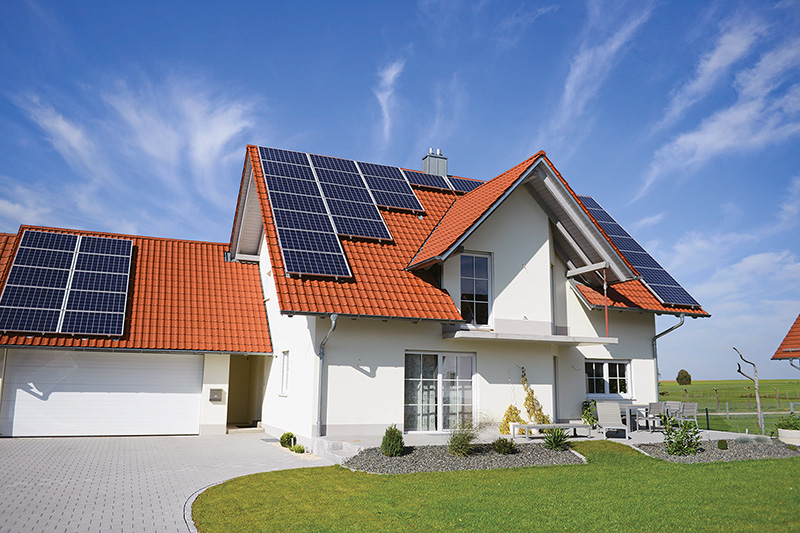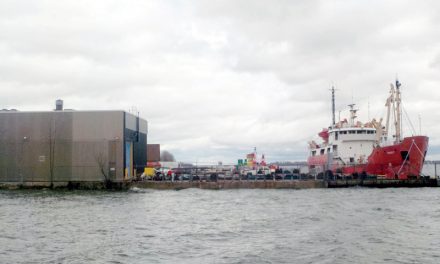By Terry Tinkess
AgriNews Staff Writer
It seems that with every new advancement in science and technology, entire new series of problems develop that usually don’t have to be dealt with by the ones responsible for the advancements. Solar power could be considered as such a situation.
The movement to green energy sources has led to a rapid growth of roof-top solar panels. Many businesses and homeowners have seen an opportunity to not only reduce the cost of their electrical usage, but in some cases even reap the rewards of being able to send the surplus back to the grid. Better for the environment and a cost savings for the end user, so apparently a win-win situation, right? Not everyone is in total agreement with that assessment.
As early as 2013, alarms were being sounded by professional firefighters that these rooftop panels presented a new hazard to the steps, they normally take in combating a structural blaze.
Normal practice would be to cut a hole in the roof decking to allow heat and super-heated gases to escape. With rooftop solar panels installed, however, there were concerns that even if the panels were “turned off” at the panel, that they could still be generating electrical current. There were also concerns that the weight on existing roof structures would make them prone to collapse faster and even that the surface of the panels would make it easier to slip and fall off the roof.
As the building industry played catchup, there were changes that necessitated the requirement for a building permit in some situations, as well as the regulation that a building could not exist solely to provide a place to install panels. According to Jacob Forget, the chief building official for the township of North Dundas, there haven’t been any recent additional changes.
“There were no recent changes in the building code with regards to solar panels that I am aware of,” said Forget. “Depending on size of the solar panels, they may need a building permit which is inspected by building inspectors and the electrical safety authority. The fire departments are typically not involved in [this type] of installation/permit process.”
Firefighters have a long history of problem solving, and if there is a way to safely do their job, they will find a way to do so. When the housing industry moved from dimension lumber in construction to materials such as OSB panels, they changed their approach knowing that burn times had been shortened and when modern material burned, they could release gases that could be carcinogenic.
According to the International Association of Fire Fighters, rooftop solar panels pose an increased risk of electrocution for firefighters. However, this problem can be mitigated by knowing your system and how it was installed. Being able to shut down systems in accordance with electric code requirements can help protect first responders. Clear labelling of the different components is essential.
In all cases, the safest approach is to assume that the panels are live. Never take it for granted that they aren’t.
As the technology continues to develop and new approaches to installation and safety are developed, it is important that the voices of all involved parties are heard. Everyone wants to have access to cheap electricity and being able to move toward a greener environment is something to strive for, but not at the cost of anyone not being able to make it home at the end of their shift.













